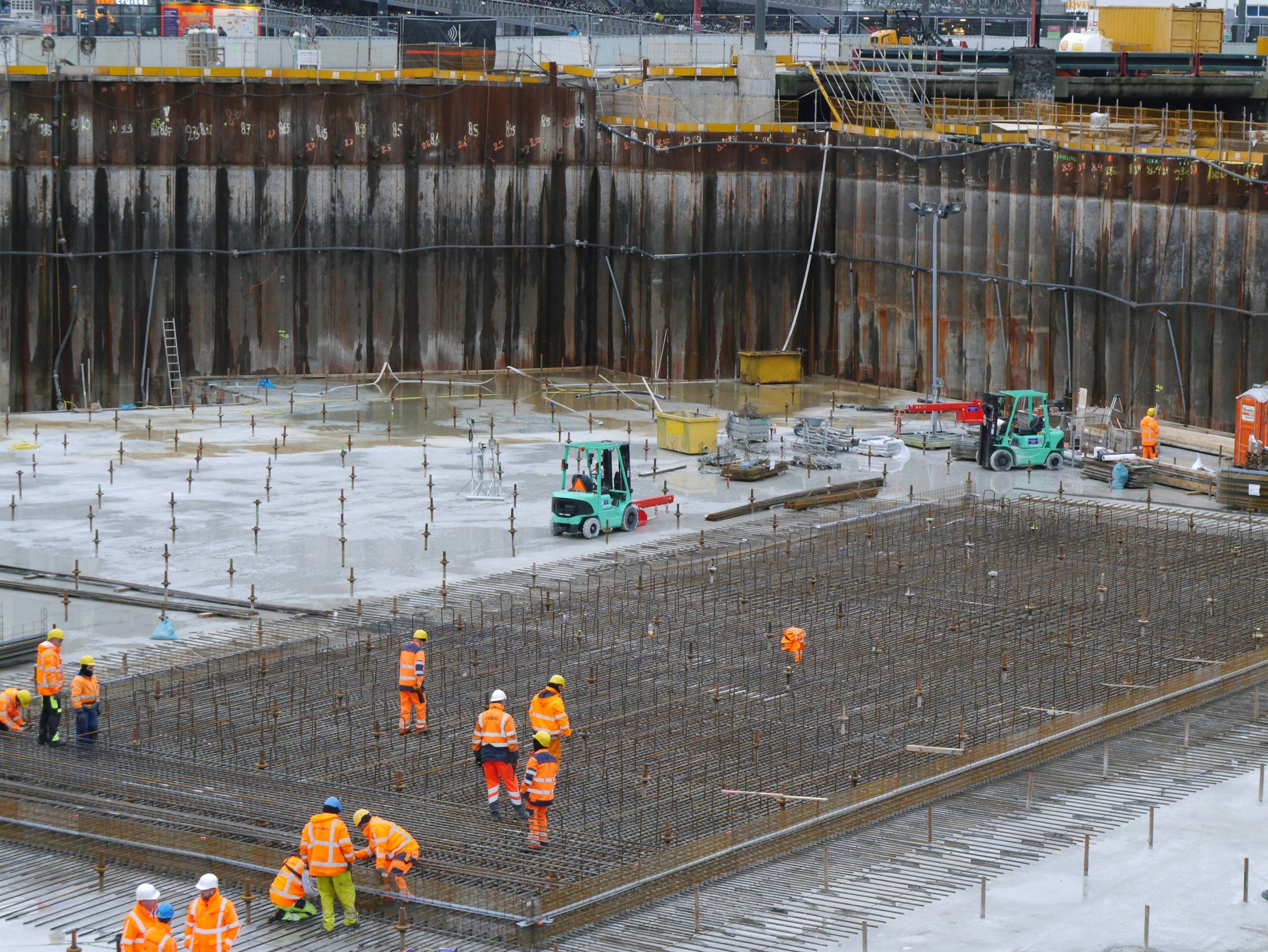In the summer of 2022, Europe faced severe heat waves, resulting in wildfires, droughts, and deaths, underscoring the dire consequences of extreme weather.
The U.K.’s Met Office predicts that by 2070, summers could be 1 to 6 degrees Celsius warmer and 60% drier, with more frequent global heat waves due to climate change. The World Meteorological Organization warned that the next five years are likely to be the warmest on record.
These rising temperatures will impact billions, including the workforce. The Institution of Mechanical Engineers (IMechE) highlighted how higher temperatures could reduce morale, productivity, and safety in workplaces.
Lead author Tim Fox emphasized that hotter working environments could lead to increased accidents and economic productivity losses.

Outdoor workers, especially in construction and agriculture, are particularly vulnerable. The International Labour Organization (ILO) reported that heat stress could cause significant economic losses, projected to rise from $280 billion in 1995 to $2,400 billion by 2030.
Fox noted that workers in oil refineries, gas plants, and chemical works face additional risks due to cumbersome protective gear.
Addressing this issue requires adapting building designs and updating safety guidelines. IMechE called for revised heat impact guidance to help industries develop appropriate strategies. Spain, for instance, plans to ban certain outdoor work during extreme heat, following the death of a Madrid street sweeper from heatstroke.
Trade unions advocate for better ventilation, sun protection, and work stoppages during extreme heat. Fox stressed the need for innovative cooling solutions beyond air conditioning, emphasizing natural ventilation and shade.
Awareness and preparation are crucial to mitigating the economic and health impacts of rising temperatures.

